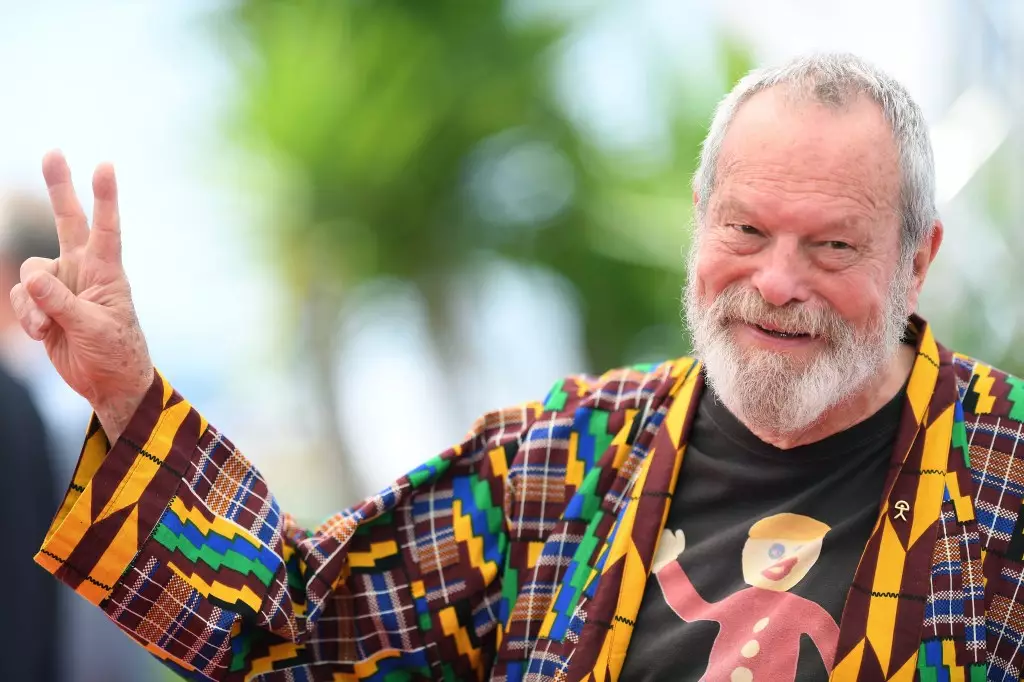Terry Gilliam, a filmmaker renowned for his audacious storytelling and boundary-pushing visuals, is stepping back into the limelight with his latest venture, “Carnival: At The End Of Days.” With the support of prolific Italian producer Andrea Iervolino, the project promises to be both a visual and narrative spectacle that could reshape independent cinema’s landscape. This article delves into the intricacies of this ambitious film, touching on its production, thematic elements, and the creative forces involved.
The involvement of Andrea Iervolino marks a significant turning point for “Carnival.” Known for his work on high-profile films such as “Ferrari” and “Maserati: The Brothers,” Iervolino’s pedigree in the industry has raised expectations for Gilliam’s latest endeavor. His commitment to producing and financing the film suggests a strategic move to position “Carnival” as a frontrunner in the independent film circuit, particularly amidst the bustling European Film Market in Berlin. The goal is to secure a sales agent while also courting potential buyers, highlighting a business acumen surrounding the project that is critical for its success.
The ambition of this film is no small feat. Iervolino describes “Carnival” as “an extraordinarily complex film for an independent production,” emphasizing its innovative integration of CGI and live-action elements. This unique approach not only positions the film as a potential visual landmark but also raises questions about the cost and scope of independent filmmaking today. With plans to shoot in Italy as early as April, the team’s timeline appears aggressive yet necessary, underscoring their urgency to push creative and technological boundaries in cinematic storytelling.
Gilliam’s narrative premise is unorthodox, positioning Satan as the protagonist attempting to save humanity from God’s wrath. The film portrays a comedic yet sobering tale of divine conflict, flipping traditional storytelling on its head. As described by Gilliam himself, the story revolves around God’s decision to eradicate humanity for corrupting the Earth, with Satan desperately seeking a reprieve by presenting young people as the new Adam and Eve. This ironic twist not only generates humor but also invites audiences to reflect on themes of redemption and responsibility.
Gilliam’s storytelling style, often steeped in absurdity and satirical commentary, is expected to permeate “Carnival.” The film’s narrative structure is poised to challenge viewers’ perceptions, balancing comedy with philosophical undertones. In a time when existential questions dominate global discourse, Gilliam’s work could resonate deeply, inviting audiences to engage with fundamental ideas about humanity’s impact on the world.
The potential casting choices for “Carnival” have created palpable excitement in the industry. The proposed lineup includes Johnny Depp, who will portray Satan, and Jeff Bridges as God—the irony of their roles encapsulating Gilliam’s penchant for subverting expectations. Additionally, actors like Adam Driver and Jason Momoa could further elevate the project, attracting a diverse audience demographic.
Despite the excitement, it’s crucial to note that these casting decisions remain unconfirmed. The anticipation surrounding the film hinges not only on Gilliam’s direction and unique vision but also on the actors bringing those characters to life. Should the dynamics among these star talents align, the film could become a significant cultural artifact worthy of Gilliam’s previous classics.
“Carnival: At The End Of Days” represents much more than just a film; it is a testament to Terry Gilliam’s unwavering commitment to storytelling and innovation in cinema. The fusion of ambitious themes, cutting-edge technology, and a potential star-studded cast sets the stage for an independent project that dares to challenge conventions. As Gilliam attempts to solidify this project faster than his previous endeavors, the anticipation around “Carnival” signals a renaissance for a filmmaker often celebrated yet burdened by the trials of bringing his visions to fruition. The world awaits what promises to be a cinematic experience that both entertains and provokes thought in the age of uncertainty.


Leave a Reply